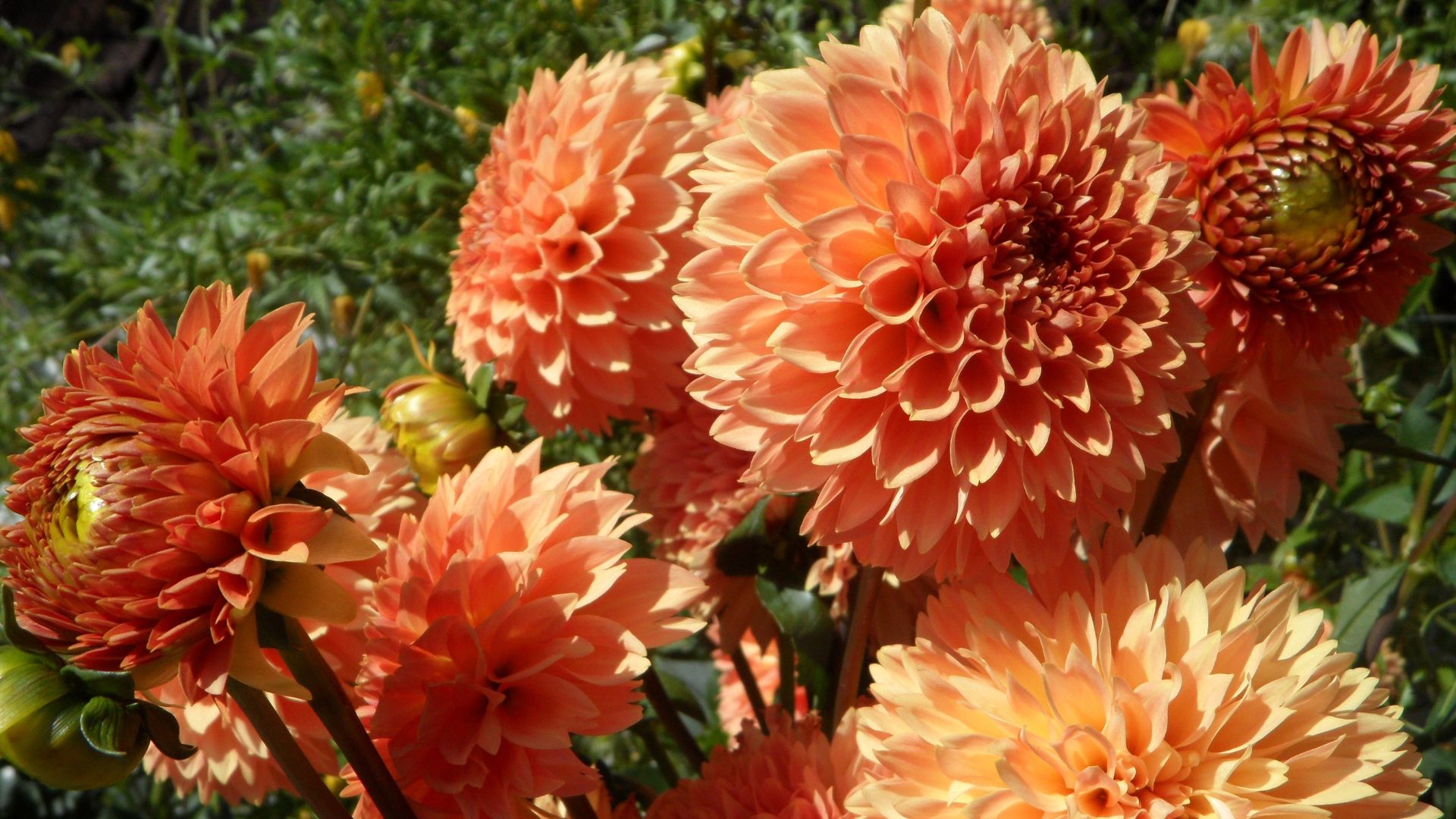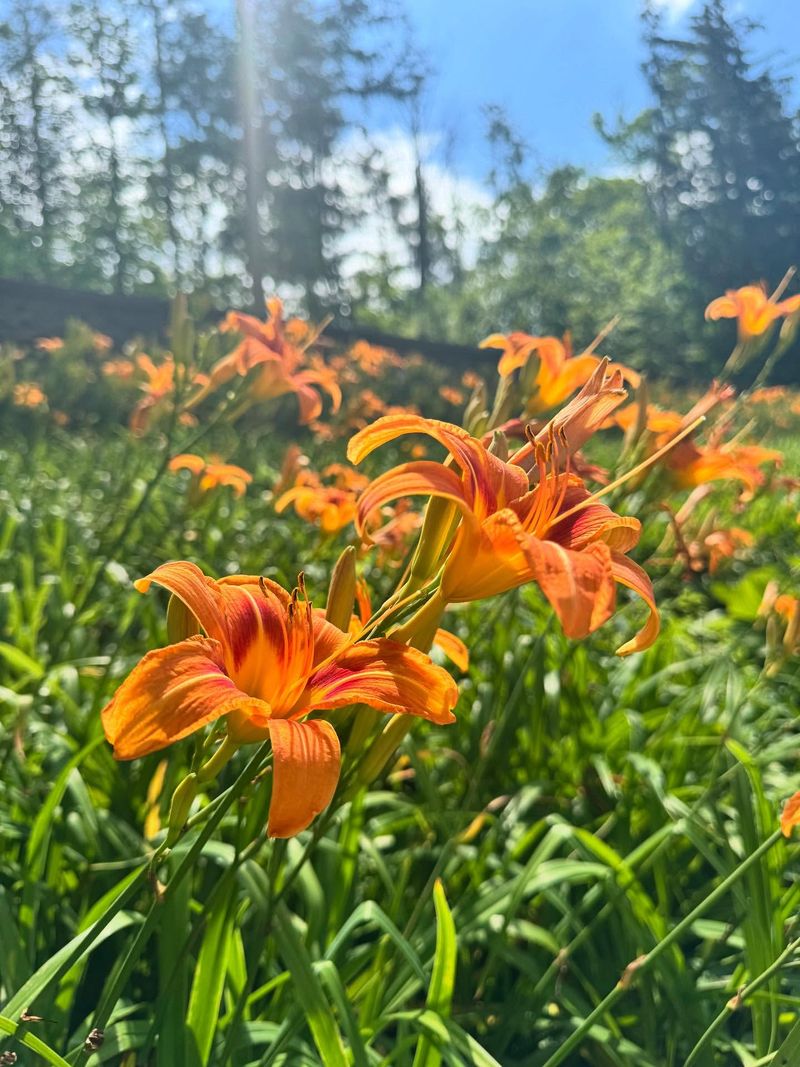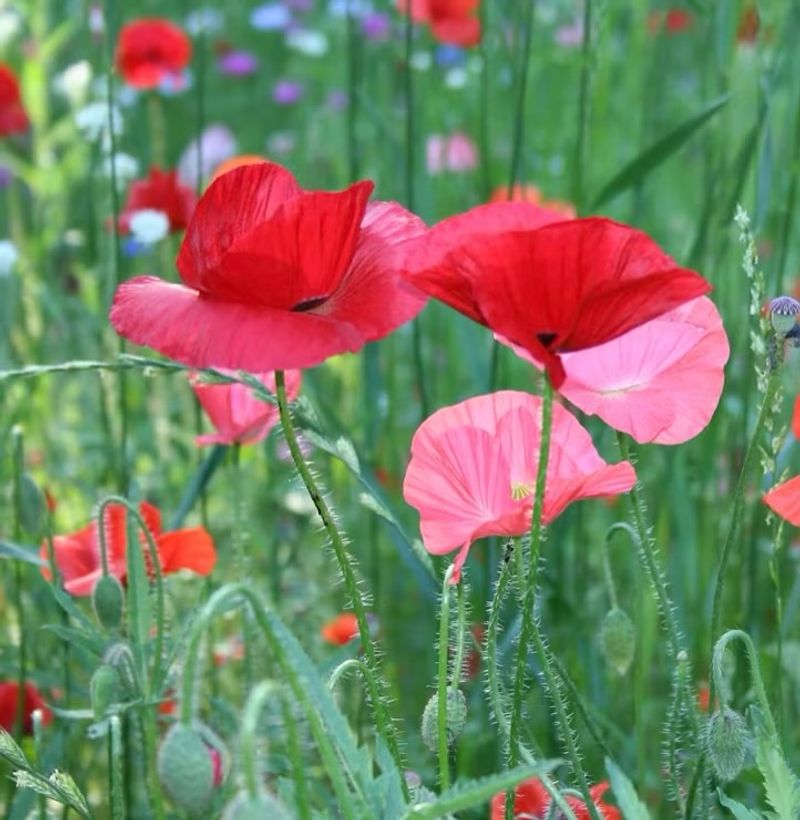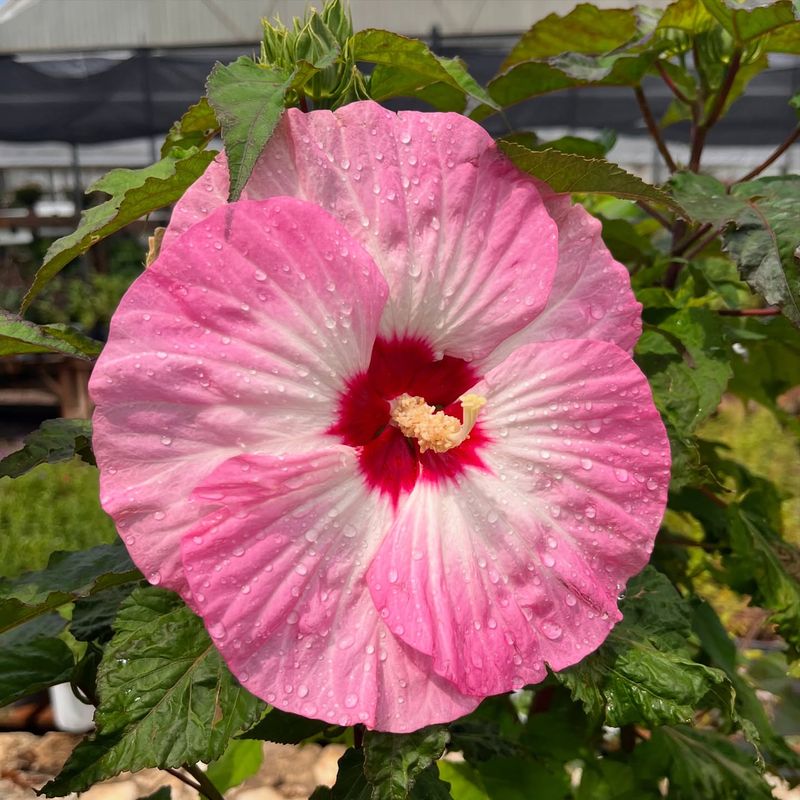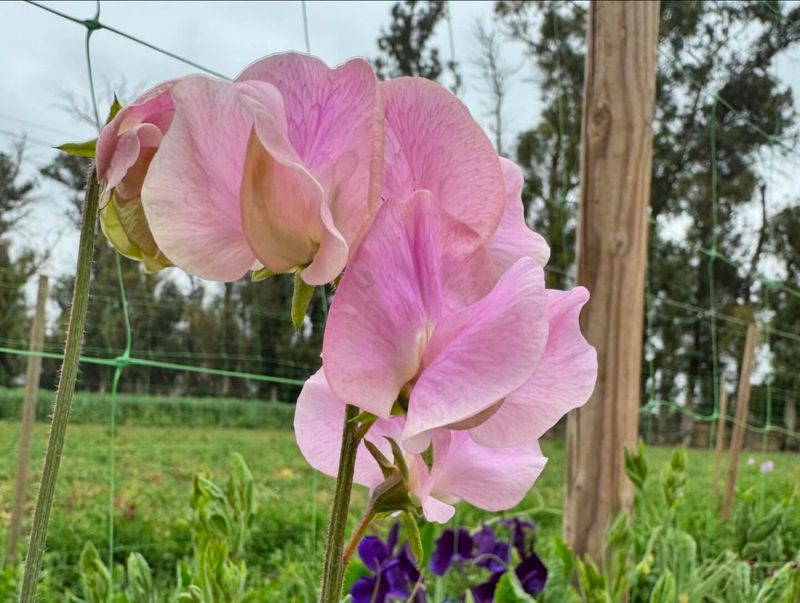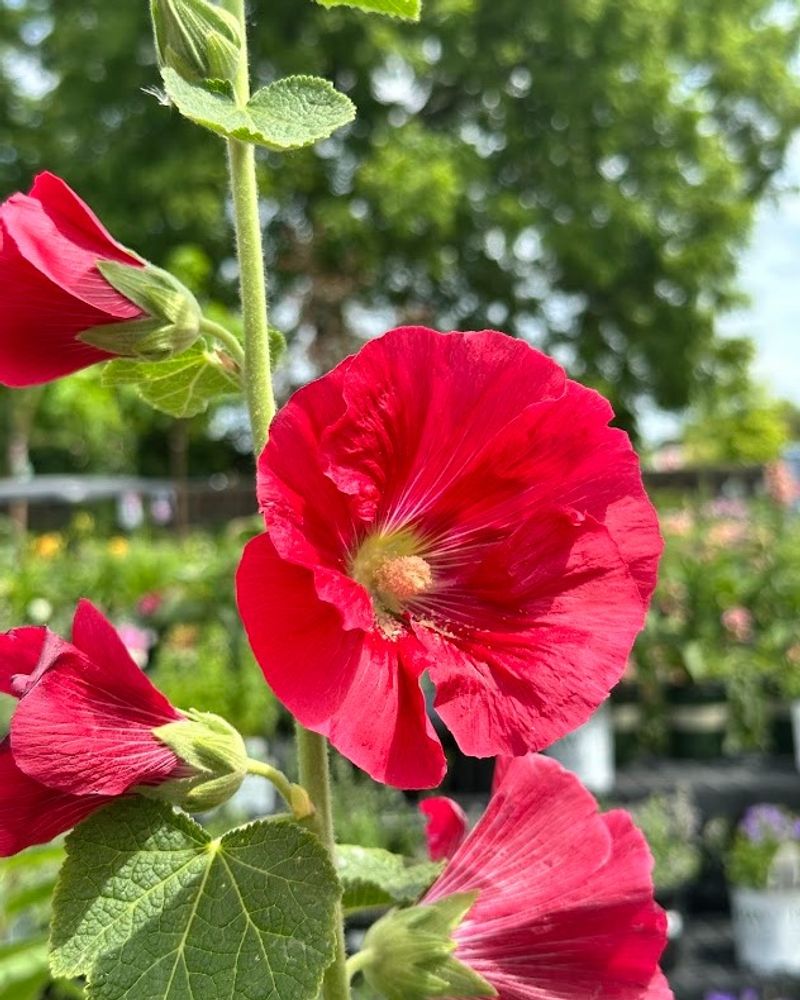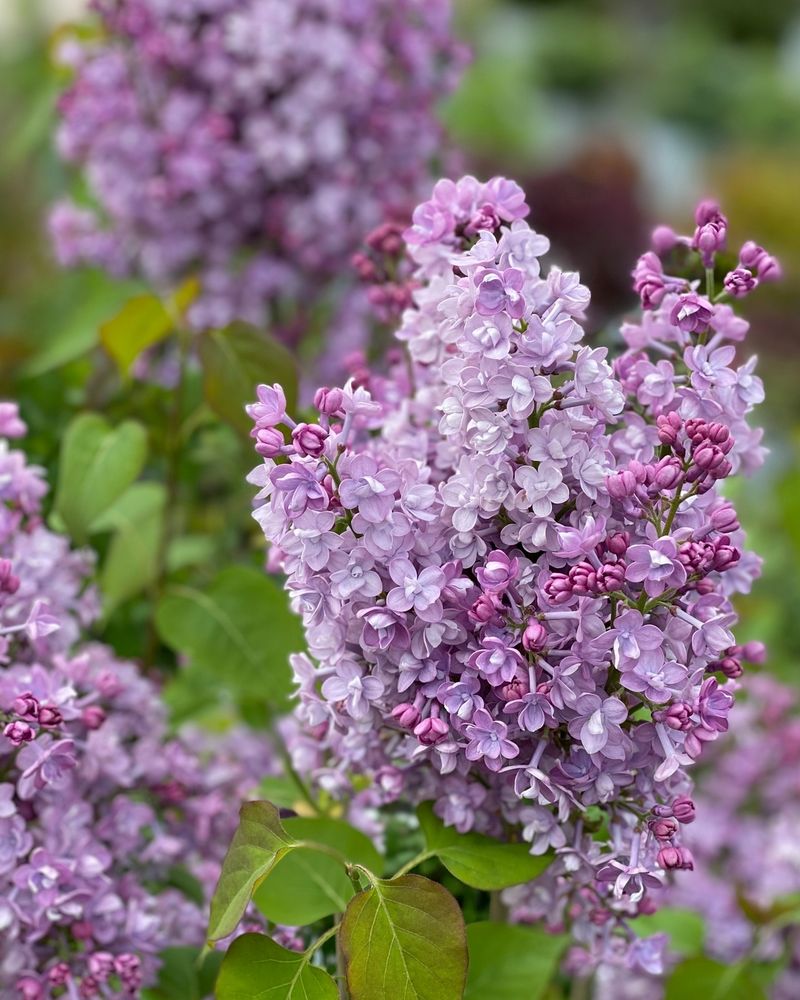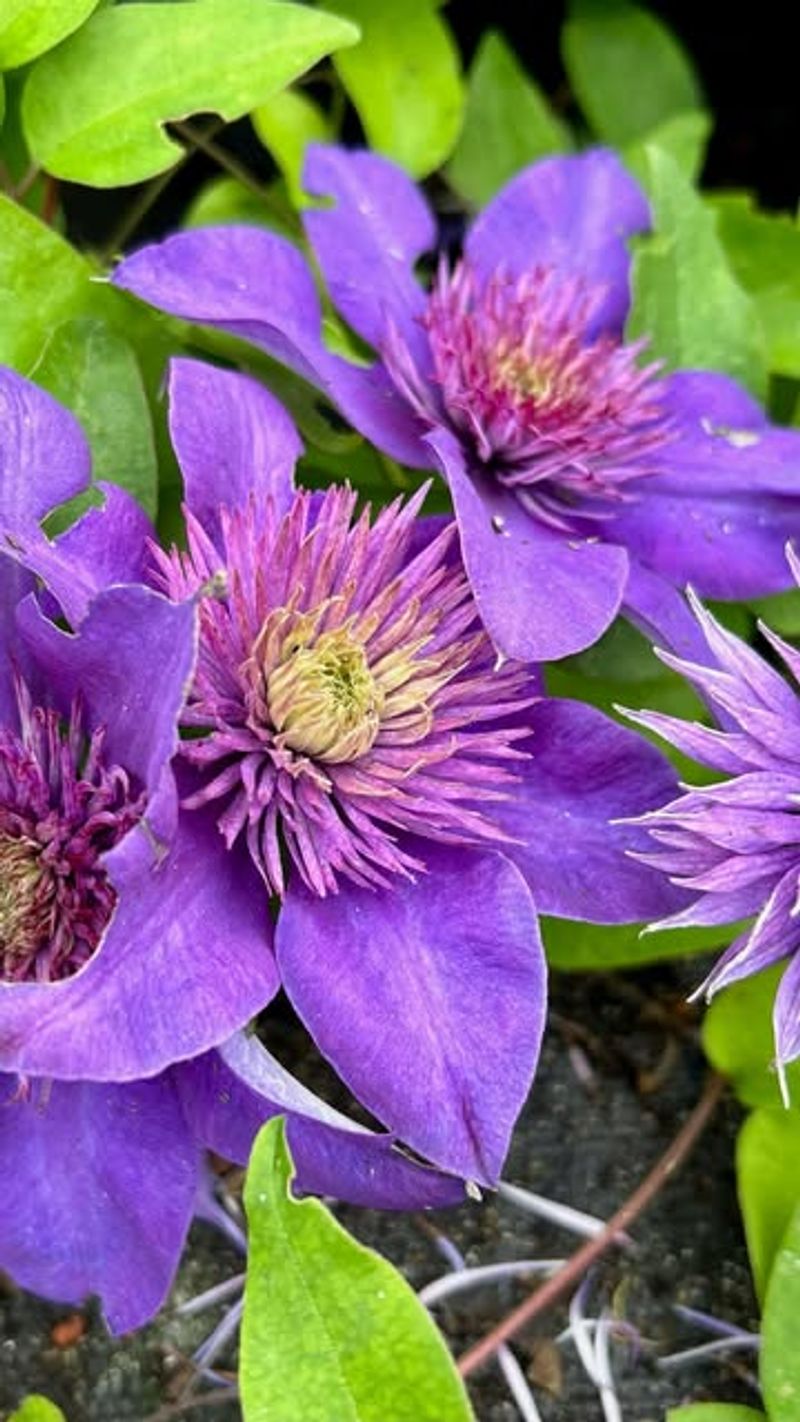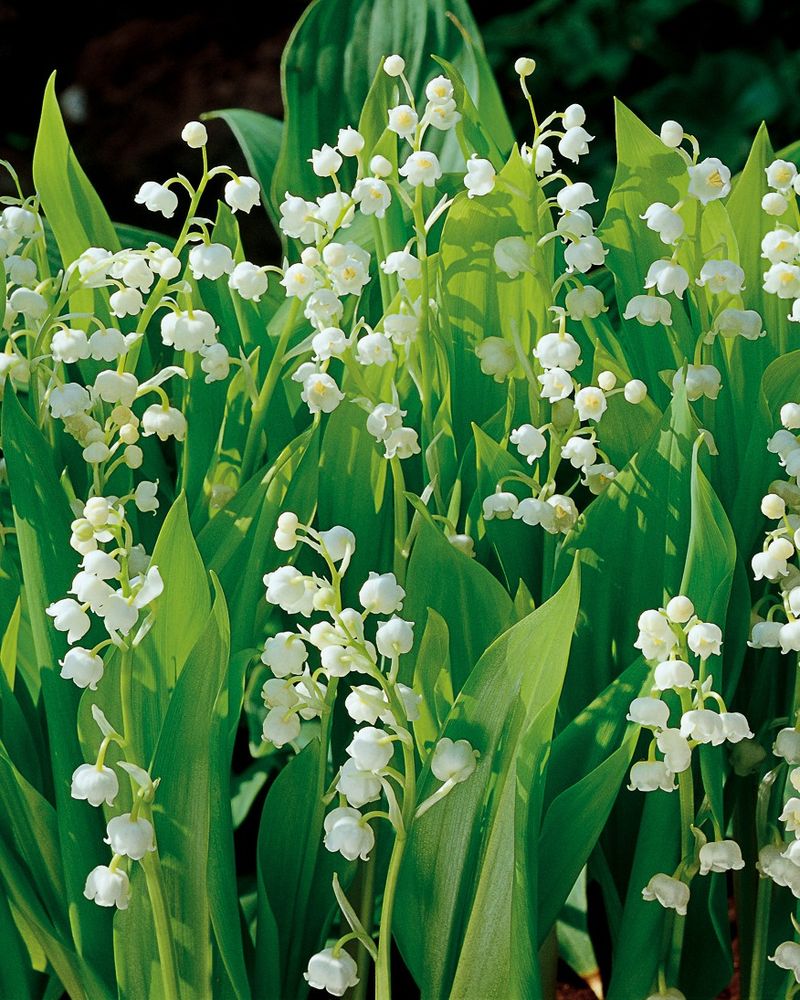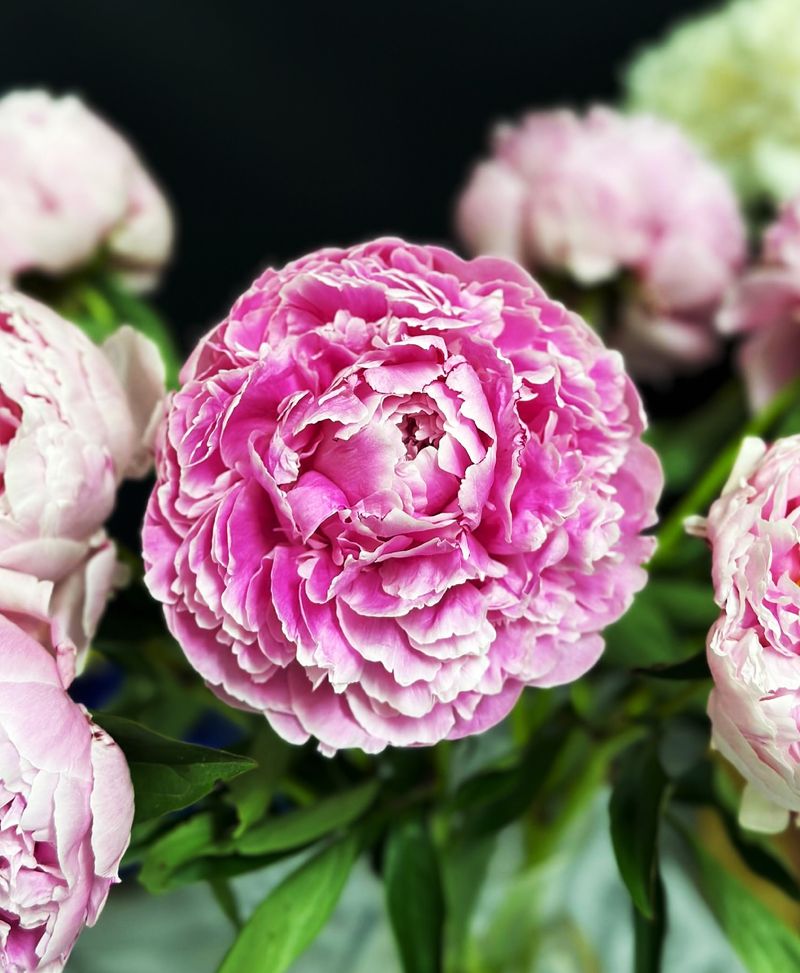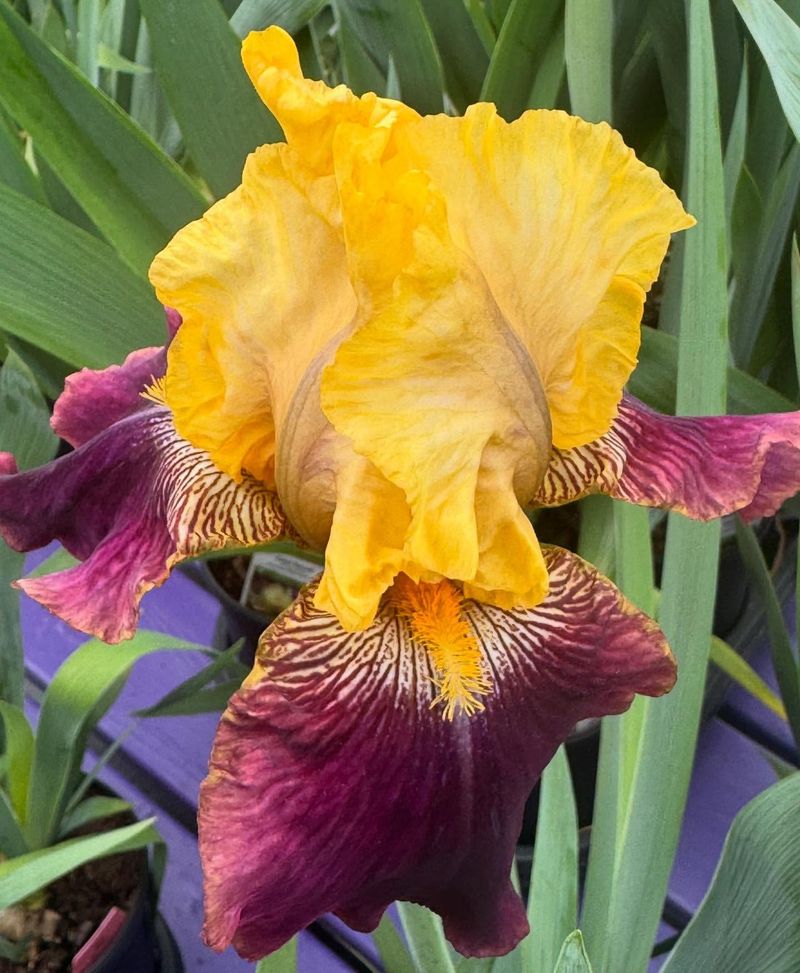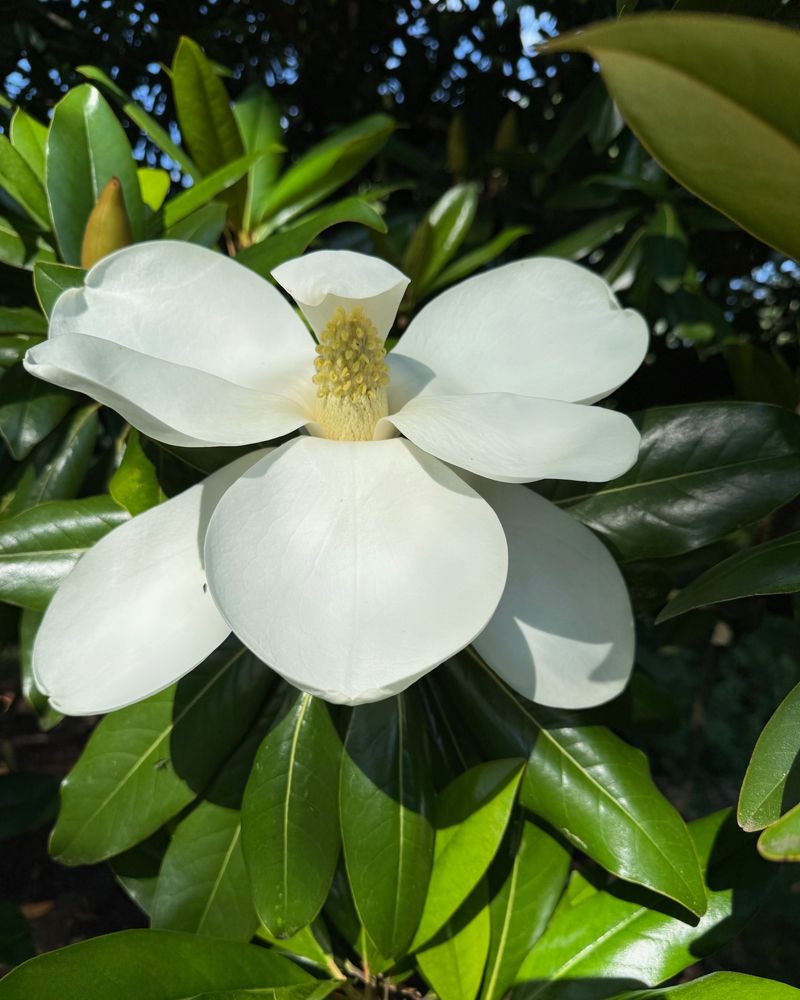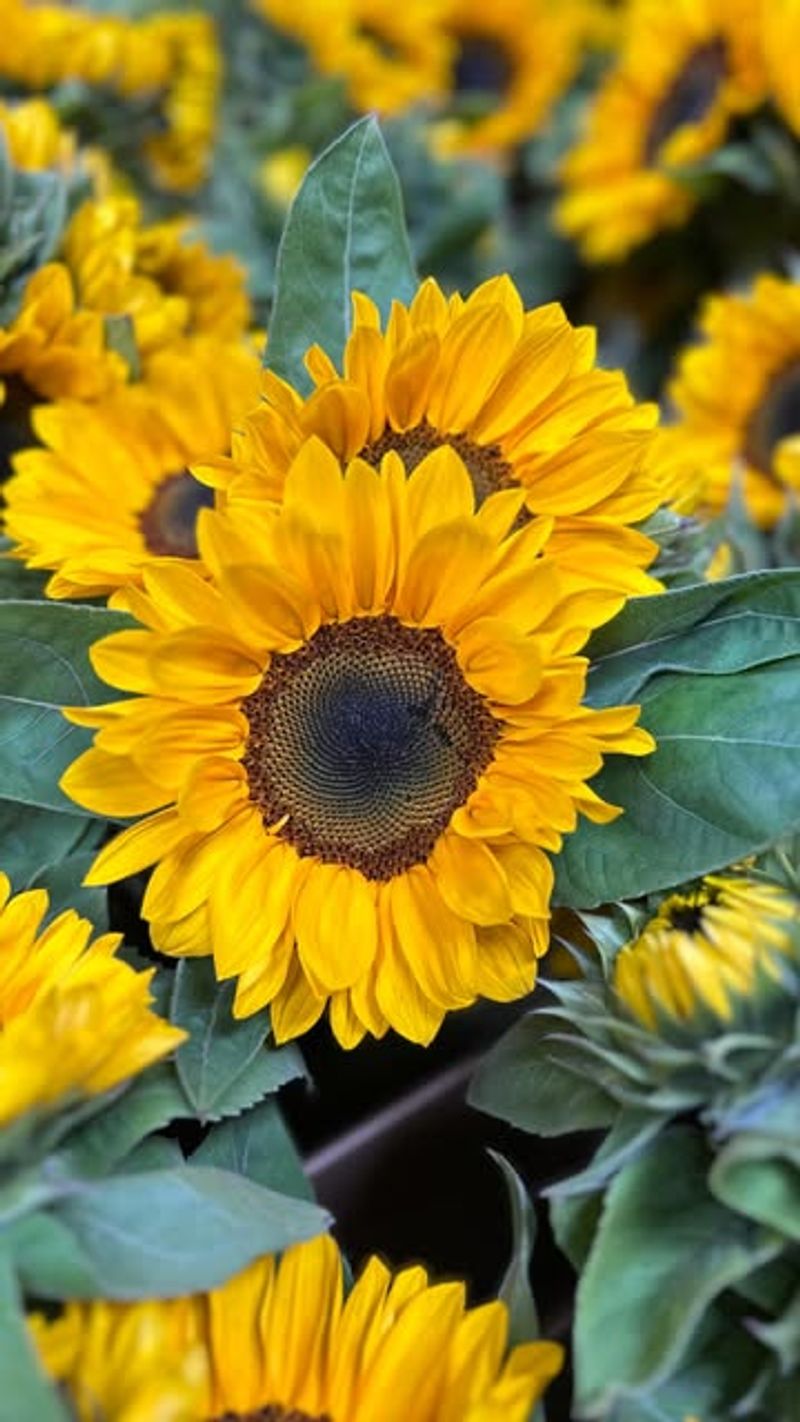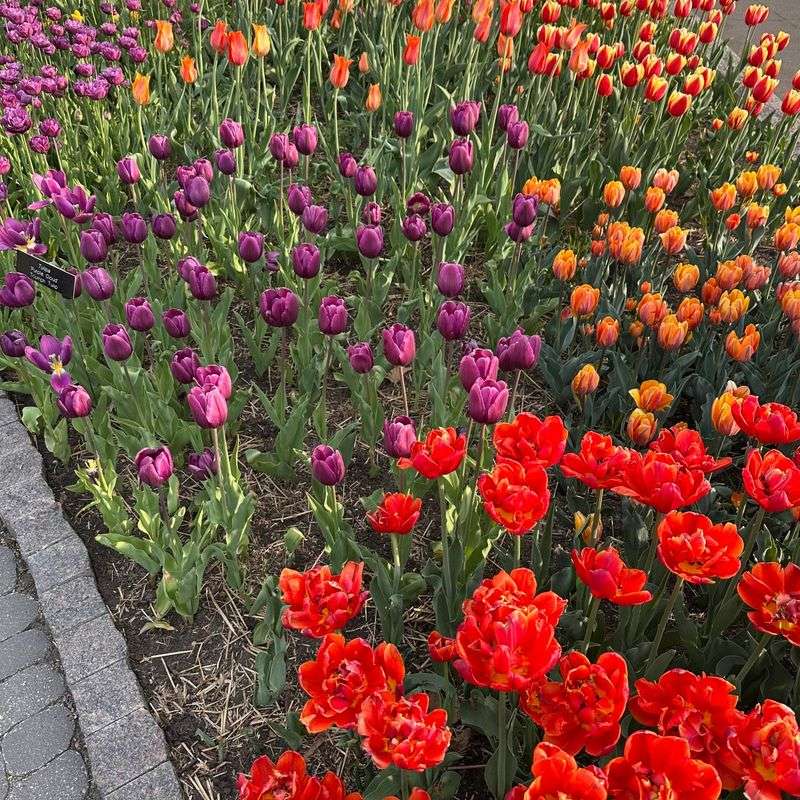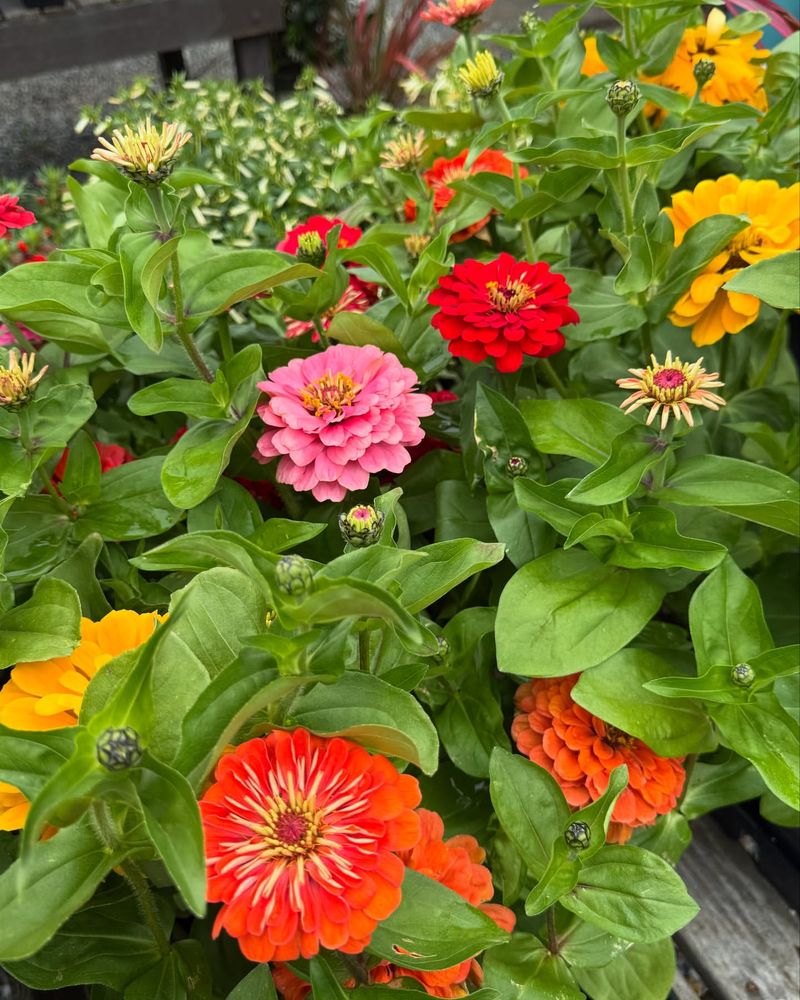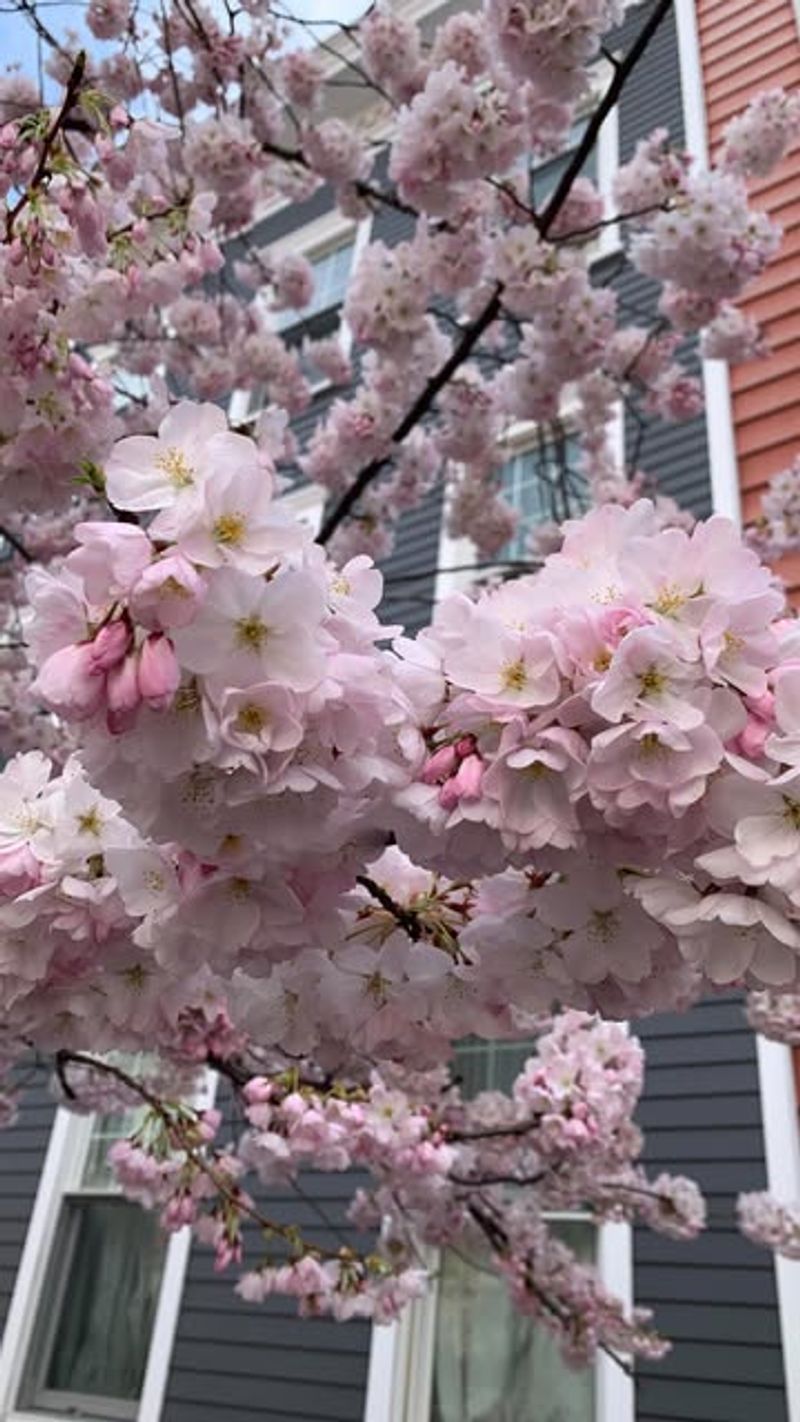Summer gardens explode with color, turning backyards into lush escapes—but those vibrant blooms often fade faster than we’d like. The trick to keeping them around longer? A few thoughtful habits that stretch their beauty well beyond the usual timeline.
Deadheading spent flowers keeps new buds coming and prevents energy from going into seed production. Morning watering helps avoid midday stress and keeps petals fresh, while a layer of mulch regulates soil moisture to support strong, lasting growth.
Choose varieties known for endurance—like zinnias, cosmos, or black-eyed Susans—and pair them with consistent care. With these smart tweaks, your garden can stay dazzling through the dog days of summer and beyond.
1. Daylilies: One-Day Wonders
True to their name, each individual bloom lasts just a single day. The good news? A healthy plant produces dozens of buds that open in succession over several weeks.
For longer-lasting cut daylilies, pick buds that show color but haven’t fully opened. Place stems in warm water immediately after cutting, and remove any foliage that would sit below the waterline.
Adding a drop of bleach to vase water prevents bacterial growth that hastens wilting. Keep arrangements away from fruit bowls—ripening fruits release ethylene gas that speeds flower deterioration.
2. Morning Glories: Dawn’s Delight
Watch these trumpet-shaped blooms unfurl at sunrise, only to close by afternoon. Their brief daily performance makes them all the more precious in summer gardens.
Growing them in partial shade rather than full sun can extend their daily show by a couple of hours. Regular watering is crucial—stressed plants produce shorter-lived flowers.
Morning glories aren’t suitable as cut flowers, but photographing them at peak bloom preserves their beauty. Try planting several varieties with staggered blooming times for continuous color throughout summer.
3. Poppies: Papery Perfection
Few flowers match the delicate beauty of poppies, with their tissue-paper petals lasting merely days before floating away on the breeze. Their brief appearance makes them all the more precious.
Harvest poppy stems when the buds are still tight but showing color. Sear the cut ends with a flame for 10 seconds to seal in moisture, then immediately place in cold water.
In the garden, deadhead spent blooms promptly to encourage additional flowering. Mulching around plants helps maintain soil moisture and reduces heat stress that shortens bloom time.
4. Hibiscus: Tropical Temptations
The stunning dinner-plate sized blooms of hibiscus often last just a single day. Their exotic appearance and vivid colors make their brevity particularly disappointing.
Misting hibiscus plants in the morning helps flowers last longer by increasing humidity around the blooms. Avoid overhead watering later in the day, which can cause petals to spot and decay prematurely.
For indoor enjoyment, float freshly picked hibiscus flowers in a shallow bowl of water—they’ll maintain their beauty for hours longer than on the plant. Plus, they make stunning natural decorations for summer gatherings.
5. Cosmos: Delicate Dancers
Seemingly dancing on thin stems, cosmos produce daisy-like blooms that typically last just 5-7 days. Their airy quality brings movement and charm to summer gardens.
Cutting cosmos when they’re just beginning to open results in longer vase life. Refresh the water daily and keep arrangements out of direct sunlight to extend their beauty indoors.
In garden settings, applying a balanced, low-nitrogen fertilizer encourages more blooms rather than excessive foliage. Weekly deadheading prevents the plants from setting seed and stimulates continuous flowering throughout summer.
6. Gladiolus: Elegant Spires
Starting from the bottom and working upward, each individual floret on gladiolus spikes opens for just a few days. The entire spike may bloom for two weeks, but individual flowers fade quickly.
Harvest gladiolus when the lowest one or two florets show color but haven’t fully opened. This timing dramatically extends vase life, allowing you to enjoy the entire spike opening indoors.
Adding flower preservative to vase water makes a significant difference with gladiolus. For garden plants, providing support prevents wind damage and stress that can shorten bloom time.
7. Dahlias: Complex Beauties
Despite their sturdy appearance, cut dahlias often wilt within 3-5 days. Their intricate petal arrangements and spectacular colors make this short lifespan particularly disappointing.
Harvesting dahlias in early morning when temperatures are cool significantly extends vase life. Immediately placing cut stems in hot water (160°F) for 20 minutes before transferring to cool water prevents air blockages in the stems.
Changing vase water every other day and removing any foliage below the waterline prevents bacterial growth. For garden plants, consistent watering and afternoon shade in hot climates helps blooms last longer.
8. Sweet Peas: Fragrant Fleeting
Renowned for their incredible fragrance, sweet pea blossoms typically last only 3-4 days once cut. Their nostalgic scent and delicate ruffled petals make them irresistible despite their brevity.
Harvesting sweet peas when at least two flowers on the stem are fully open but others remain in bud stage maximizes vase life. Adding a teaspoon of sugar to vase water provides energy that extends bloom time.
Growing sweet peas in partial shade rather than full sun can slow their development and extend flowering. Regular harvesting prevents seed pod formation, which signals the plant to stop producing blooms.
9. Hollyhocks: Towering Treasures
Standing tall in summer gardens, hollyhock flowers open sequentially up their impressive stalks, with each bloom lasting only 2-3 days. Their cottage garden charm makes them worth the effort.
Staking hollyhocks prevents wind damage that can shorten bloom time. Applying mulch around plants helps maintain consistent soil moisture, reducing stress that can cause premature flower drop.
While not traditional cut flowers, floating individual hollyhock blooms in shallow dishes creates stunning table decorations that last a day or two. Prompt deadheading prevents disease issues and encourages more blooms.
10. Lilacs: Spring-Summer Transition Stars
Marking the transition from spring to summer, lilac panicles fill gardens with intoxicating fragrance for just 7-10 days. Their brief annual appearance makes them especially precious.
Cutting lilacs when about three-quarters of the florets are open provides the best vase life. Smashing woody stems with a hammer and removing all foliage helps them drink more effectively.
Cool temperatures extend lilac blooms significantly. Planting on north-facing slopes or in areas that receive afternoon shade can delay flowering and extend the display in warmer climates.
11. Clematis: Climbing Charmers
Large-flowered clematis varieties produce spectacular blooms that typically last only 5-7 days. Their impressive size and range of colors make them garden standouts during their brief peak.
Providing afternoon shade helps clematis blooms last longer, especially in hot climates. Consistent moisture is crucial—stressed plants drop flowers prematurely.
Floating clematis blooms in shallow water creates beautiful temporary decorations. Some varieties produce a second flush of flowers if promptly deadheaded after the first round of blooming finishes.
12. Lily Of The Valley: Woodland Wonders
Delicate bells of lily of the valley fill spring and early summer gardens with incredible fragrance for just two weeks. Their sweet scent and pristine white flowers make their short season bittersweet.
Cutting stems when only half the bells are open extends their indoor display. Placing them in cool locations away from heat sources and direct sunlight helps preserve their delicate beauty.
Planting lily of the valley in deep shade slows their development and extends blooming time. Consistent moisture is essential—dry conditions cause flowers to shrivel quickly.
13. Peonies: Lush But Limited
Famous for their sumptuous, multilayered blooms, peonies flower for a mere 7-10 days each year. Their brief but spectacular display makes them among the most anticipated summer flowers.
Harvesting peonies at the marshmallow stage—when buds feel like firm marshmallows—allows them to open indoors where they’re protected from rain and wind. Store cut buds dry in the refrigerator for up to three weeks.
Growing a mix of early, mid, and late-season varieties extends the overall peony season from weeks to over a month. Removing side buds allows main flowers to grow larger and often last longer.
14. Iris: Elegant Ephemerals
With their distinctive three-part blooms, irises create garden drama for just 3-4 days per flower. The architectural quality of their blooms makes their fleeting nature particularly noticeable.
Cutting iris stems when the buds show color but haven’t unfurled results in longer vase life. Placing cut stems in deep water—covering up to two-thirds of the stem—helps nourish the developing flowers.
Growing a mix of bearded, Siberian, and Japanese iris varieties extends the overall iris season by several weeks. Consistent watering and mulching helps reduce heat stress that shortens bloom time.
15. Magnolias: Majestic Moments
Early summer-blooming magnolia varieties produce spectacular cup-shaped flowers that last just 4-5 days. Their large size and pristine appearance make their brief showing all the more dramatic.
Cutting magnolia branches when buds are showing color but still closed allows you to watch them unfurl indoors. Immediately placing cut stems in warm water and making fresh cuts underwater prevents air blockages.
Choosing protected planting locations away from harsh afternoon sun helps blooms last longer. Late frosts can damage early flowers, so covering plants when freezes threaten preserves the fleeting display.
16. Sunflowers: Sunny Sensations
Cut sunflowers typically last 5-7 days in a vase, making their cheerful presence all too brief. Their iconic appearance and association with summer make them garden essentials despite their short vase life.
Harvesting sunflowers early in the morning when stems are full of moisture maximizes longevity. Changing vase water daily and adding a few drops of bleach prevents bacterial growth that blocks stems.
For garden plants, choosing multi-branching varieties provides continuous blooms rather than a single flower. Deadheading spent blooms encourages side shoots to develop additional flowers throughout summer.
17. Tulips: Late Spring Lingerers
Late-blooming tulip varieties bridge spring and summer with elegant blooms that typically last just 3-5 days once fully open. Their perfect form makes their brief appearance particularly tantalizing.
Cutting tulips when colored but still closed extends vase life significantly. Unlike most flowers, tulips continue to grow after cutting—allow extra room in arrangements for this growth.
Wrapping cut tulips tightly in paper and placing them in water for a few hours helps condition stems for longer vase life. Keeping arrangements away from fruit and in cool locations slows development and extends enjoyment.
18. Zinnias: Colorful Quick-Faders
Despite their reputation as easy-care flowers, cut zinnias often begin to fade after 4-6 days. Their brilliant colors and perfect daisy-like form make them summer garden favorites regardless.
Harvesting zinnias when fully open but still fresh provides the best vase life. Removing all foliage that would sit below the waterline prevents bacterial growth that clogs stems.
Adding a teaspoon of sugar and a few drops of bleach to vase water creates a simple preservative that extends bloom time. Deadheading garden plants frequently encourages continuous blooming throughout summer and into fall.
19. Cherry Blossoms: Fleeting Pink Clouds
Marking the transition from spring to summer, cherry blossoms create spectacular displays that last just 7-10 days. Their ephemeral nature has made them symbols of life’s impermanence in many cultures.
Cutting branches when buds are showing color allows you to force them indoors where temperatures can be controlled. Placing cut branches in cool locations away from heat sources extends their display.
Photographing cherry blossoms at peak bloom preserves their beauty. Choosing late-blooming varieties and planting in locations that receive afternoon shade can extend the overall flowering period.

